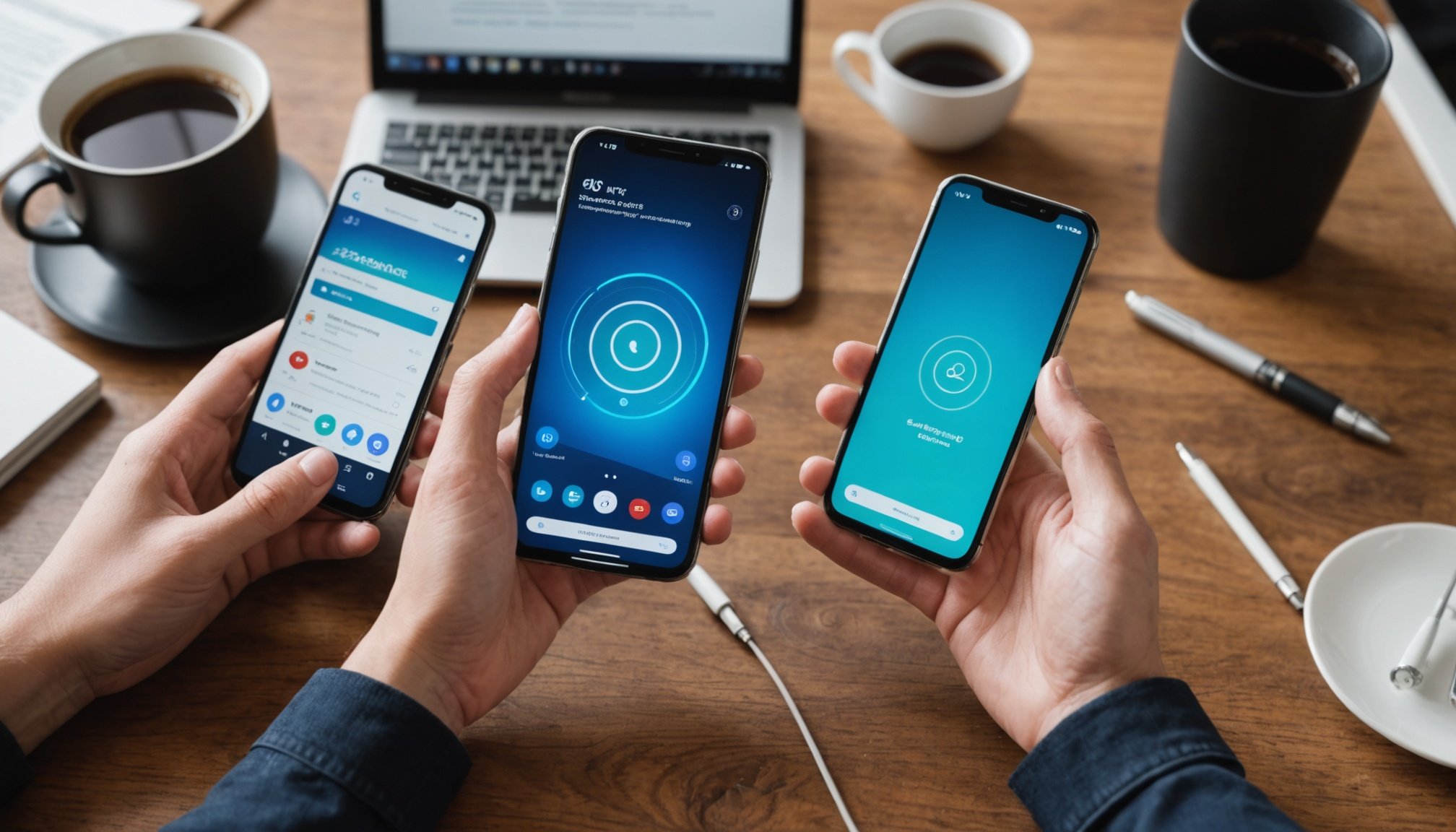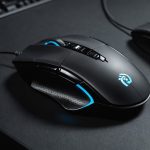Understanding Mobile Hotspot Functionality
Mobile hotspots transform smartphones into portable internet sources. By utilising smartphone tethering, users connect other devices to the internet via their phone’s cellular data. This is especially handy in situations lacking traditional internet access. Smartphones with this capability often come with specific connectivity basics, such as the allowance for multiple devices to connect simultaneously and the ability to secure connections using passwords.
Typically, a mobile hotspot differs from regular Wi-Fi in two main ways. Firstly, the internet source is a cellular network as opposed to a landline. This makes availability dependent on mobile signal strength. Secondly, while regular Wi-Fi is often unlimited and untethered from data limits, mobile hotspots are constrained by the phone’s data plan, affecting data speed and availability.
Also read : Unlock Your Fitness Potential: Top Smartphone Tips for Superior Activity Tracking
Key features supporting hotspot functionality on smartphones include ease of activation, comprehensive connectivity settings, and the ability to customise security protocols. These features ensure that whether you are at home or on the move, staying connected through your mobile hotspot is accessible and manageable. This functionality has become vital, especially for those frequently working remotely or travelling.
Configuring Smartphone Settings for Optimal Hotspot Performance
Optimising your hotspot performance involves fine-tuning smartphone settings. Hotspot configuration is vital for ensuring a reliable and secure connection. Let’s explore how you can adjust these settings for better performance.
Also read : Unlocking value: key influencers on smartphone resale prices
Accessing Hotspot Settings
To configure your hotspot, start by accessing the settings. On most smartphones, navigate to ‘Settings’ and look for ‘Connections’ or ‘Network’. Android users might find it under ‘Wireless & Networks’. For iOS, access ‘Cellular’ or ‘Mobile Data’, then tap ‘Personal Hotspot’. Each manufacturer might have slight variations, so explore your device-specific options.
Customising Network Name and Security
Setting a unique network name enhances security. Consider changing the default SSID to something distinctive. Additionally, employing robust security protocols like WPA3 is advisable. This ensures that only authorised users connect to your mobile hotspot, keeping your data safe.
Adjusting Connection Permissions
Managing the devices connected to your mobile hotspot can prevent unwanted data consumption. Most smartphones allow you to view and control connected devices. Set data limits to manage the network usage effectively, particularly if you share your connection. Limiting guest connections also helps maintain optimal performance. Safe management of your network ensures a smooth, uninterrupted online experience.
Factors Influencing Mobile Hotspot Performance
Mobile hotspot performance can be impacted by several connectivity factors, with signal strength being one of the most crucial. A strong signal is necessary for seamless internet access, but physical obstructions, such as buildings, and environmental conditions can weaken it. Positioning your device near a window or an open area may enhance signal reception, especially when indoors.
Another critical factor is network traffic. High congestion can slow down data transmission, creating frustrating experiences, particularly during peak usage times. Mitigating network congestion involves selecting less crowded channels or timing connections during off-peak hours, where possible. Some advanced smartphones allow users to prioritise certain apps, ensuring essential tasks have dedicated data flow.
When utilising mobile hotspots, understanding data plans and limits is crucial. Exceeding these limits can lead to throttled speeds or additional charges, reducing the hotspot’s effectiveness. Monitoring data usage through your smartphone settings, and opting for data-friendly apps can help manage consumption. Many networks now offer tools to notify users as they approach their quota, assisting in better management and planning.
Adapting to these factors can dramatically enhance your mobile hotspot experience, maintaining reliable, fast connectivity wherever you go.
Troubleshooting Common Mobile Hotspot Issues
Encountering connectivity issues with your mobile hotspot can be frustrating. Identifying common connection problems is the first step toward resolution. Often, issues manifest as slow data speeds or an inability to connect devices to your hotspot. Diagnosing such problems requires attention to signal strength and network settings—tools on your smartphone like signal indicators and data usage reports help in pinpointing issues.
Identifying Connection Problems
Common signs include inconsistent connections, increased loading times, and frequent disconnects. Testing your hotspot connection using diagnostic tools available in smartphone settings can highlight faults in the network. Check the number of connected devices for potential overload, causing connectivity breakdowns.
Solutions for Frequent Problems
For issues like slow speeds or dropped connections, resetting your network settings often helps, without causing data loss. Ensure your smartphone tethering feature is correctly configured—this can include checking passwords and SSID settings. Restarting your device and updating its software can rectify persistent difficulties.
When to Seek Further Assistance
If basic troubleshooting fails, it might be necessary to seek professional support. Look for persistent hardware faults or configuration errors, which can complicate connectivity. Manufacturer guides or service support can provide additional resources, ensuring your mobile hotspot functions seamlessly again.
Enhancing Mobile Hotspot Capabilities
Exploring advanced settings can significantly boost your mobile hotspot’s connectivity. With a few performance tips, you can optimise usage for better results.
Using External Devices
Incorporating external routers or similar devices can extend your mobile hotspot’s range. By connecting your smartphone’s hotspot functionality to an external router, you create a more extensive network with enhanced coverage capacity. This setup is useful in larger spaces or where the signal may not effectively cover the entire area.
Exploring Software Enhancements
Utilising specific apps or software can further optimise hotspot performance. There are apps available designed to improve network signal strength or manage bandwidth efficiently. Keeping your smartphone’s operating system up-to-date ensures it benefits from performance improvements. Data-centric apps or dedicated connectivity management tools can streamline your mobile hotspot experience, leading to enhanced usage.
Battery Saving Tips while Using Hotspot
Maintaining battery life is crucial when using your mobile hotspot extensively. Engaging in practices such as disabling unused apps or reducing screen brightness can help preserve battery. Consider investing in portable mobile battery packs for extended use. These portable chargers allow for seamless usage without worrying about your smartphone running out of power.










